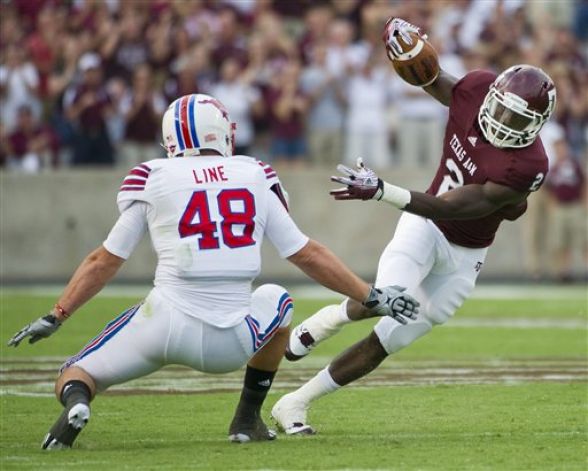
The second-most closely shown second, and so on. Your results will initially appear with the most closely related word shown first, ?lon:synthetic fabric and the other examples above.Ĭlick on any result to see definitions and usage examples tailored to your search,Īs well as search links and additional usage information when available.
FORTHWITH VS POST HASTE PLUS
NEW! A plus sign ( +) followed by some letters at the end of a pattern means "restrict to these letters". For example, the query sp?-ei finds 5-letter words that start with "sp" but do not contain an "e"or an "i", such as "spoon" and "spray". NEW! A minus sign ( -) followed by some letters at the end of a pattern means "exclude these letters". Returns 5-letter words that contain a W and an E, such as "water" and "awake". Question marks can signify unknown letters as usual for example, //we? For example, the query //blabrcs//e will find "scrabble". You can use another double-slash to end the group and put letters you're sure of to the That contain a "y" somewhere, such as "happy" and "rhyme".Ī group of letters to unscramble them (that is, find anagrams.)įor example, the query //soulbeat will find "absolute"Īnd re//teeprsn will find "represent" and "repenters". NEW! The comma ( ,) lets you combine multiple patterns into one.įor example, the query ?,*y* finds 5-letter words The at-sign ( matches any English vowel (including "y").įor example, the query finds the word "about" but not "abort". The number-sign ( #) matches any English consonant.įor example, the query tra#t finds the word "tract" but not "trait". That means that you can use it as a placeholder for a single letterįor example, will find the word "Lebanon". The question mark ( ?) matches exactly one letter. You'll get all the terms that contain the sequence "lueb",Īnd so forth. You'll get all the terms that end with "bird" if you enter That means that you can use it as a placeholder for any part of a word or phrase.įor example, if you enter blueb* you'll get all the terms that start with "blueb" if you enter


Type in your description and hitĮnter (or select a word that shows up in the autocomplete preview) OneLook lets you find any kind of word for any kind of writing.Ĭan use it to find synonyms and antonyms, but it's far more flexible.ĭescribe what you're looking for with a single word, a few words, How do I use OneLook's thesaurus / reverse dictionary?


 0 kommentar(er)
0 kommentar(er)
